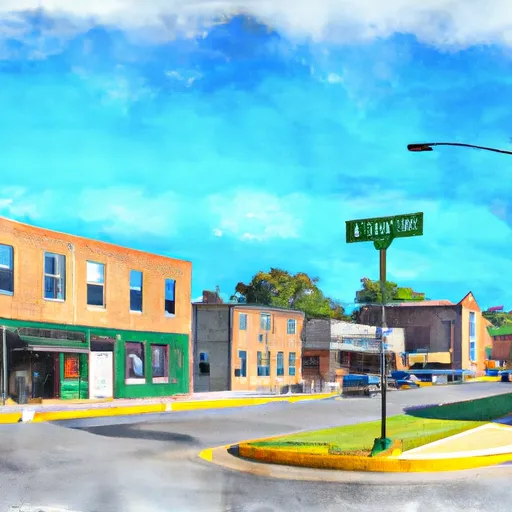°F
°F
mph
Windspeed
%
Humidity











Calamus is a small town located in eastern Iowa, known for its picturesque surroundings and natural beauty. The town experiences a humid continental climate, with warm summers and cold winters. The hydrology constituents of the town are primarily comprised of the Calamus River, which runs through the town and provides opportunities for fishing and boating. Outdoor recreation opportunities in Calamus include hiking, camping, and bird-watching in the nearby Calamus State Recreation Area. The area is also popular for hunting and trapping, and there are several designated game areas in the vicinity. The town is a popular destination for tourists looking for a peaceful getaway, surrounded by natural beauty and opportunities for outdoor activities.
Weather Forecast
Calamus receives approximately 932mm of rain per year, with humidity levels near 79% and air temperatures averaging around 10°C. Calamus has a plant hardyness factor of 5, meaning plants and agriculture in this region thrive during a short period during spring and early summer. Most plants will die off during the colder winter months.
Regional Streamflow Levels
45,000
Cubic Feet Per Second
48,600
Cubic Feet Per Second
3,220
Cubic Feet Per Second
50,400
Cubic Feet Per Second
Nearby Camping
| Camping Area | Reservations | Toilets | Showers |
|---|---|---|---|
| Lake Charlie Capps | |||
| Lamar Dixon Expo RV Center | |||
| Deer Leap | |||
| Leroy Percy State Park | |||
| Float Camp | |||
| South Recreation Composite |



